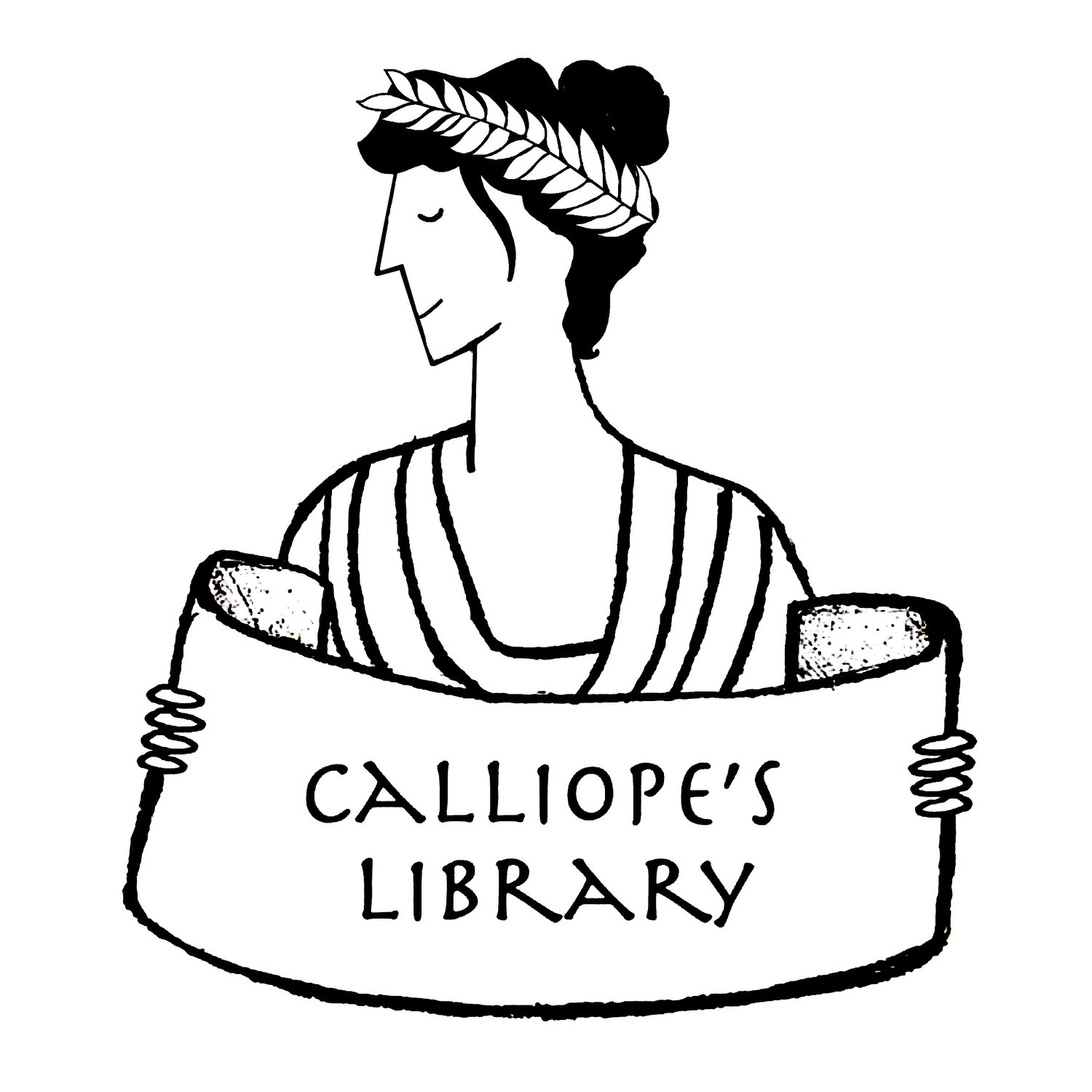Title: Theseus and the Minotaur: A TOON Graphic
Author and Illustrator: Yvan Pommaux
Translator: Richard Kutner
Date: 2014
Tags: Chapter book, Graphic novel, Mythology, Theseus and the Minotaur, Ancient worlds, English
Theseus and the Minotaur: A TOON Graphic is perfect for young readers who are ready for more serious content, but struggle with reading. I was a reluctant reader myself, and the fact that all the books I could easily read had extremely boring plots was an additional barrier. This book would have been perfect for 8-year-old me. The story itself weaves together many different myths, including the labors of Theseus, the birth of the Minotaur, and even the fate of the Cretan bull to create a complex tapestry of interconnected stories. The result is a fast-paced adventure tale full of monsters, battles, an evil sorceress, love, and betrayal. Most features of the ancient myth make it into this version, and some of the material is a bit mature. (I flinched a little when the Cretan Bull “fell in love” with Pasiphae’s hollow cow.) However the text and visuals are suitably vague for primary school readers. Likewise, few of the characters come off as truly good people, but the exciting narrative will keep readers engaged despite their unlikability. A story-telling framing device keeps the violence safely distanced.
Theseus and the Minotaur is part of TOON books’ easy-to-read comics series, written to help reluctant readers enjoy the story. The action is told mostly in pictures, with word balloons for speech and just a little bit of extra narration. All the names are written out like they sound when they first appear, and there’s a great visual index to help readers keep track of all the names and places. The entire book has a lot of scaffolding to help young readers practice inferential reading of both text and images. Responsible adults will also appreciate the pedagogical guide for visual reading on the last page that explains how to use the book to help their readers practice literacy skills. – Krishni Burns
Yvan Pommaux’s Theseus and the Minotaur is engaging and enjoyable, effectively telling the myth of Theseus. To draw the reader in, Pommaux depicts children asking an adult to tell a story, who explains that he will recount the heroic tale of Theseus. The author also introduces the idea of oral tradition, explaining that Theseus’ story has been “transformed by generations of narrators with fertile minds.” We then learn about Theseus, his father King Aegeus, and his mother Aethra. Coinciding with Theseus’ upbringing was the rise of the cruel Minotaur and his unchecked powers. Pommaux provides an elaborate description of Theseus persuading his father to let Theseus attempt to defeat the Minotaur. And while Theseus scored an unlikely victory against the Minotaur, soon thereafter Dionysus, the god of wine, ordered Theseus not to marry Ariadne, his fiancé. Furthermore, King Aegeus died while his son was away. Therefore, Theseus’ first act as king was to honor his father’s legacy by naming the water that claimed his life the Aegean Sea. As the author points out, Theseus’ story was one of triumph and heartbreak, defeating the Minotaur and losing his fiancé and father. The book describes Theseus as resilient and humble, even explaining how Theseus resigned his royal powers to establish a democracy. Throughout the book, detailed pictures aid the story’s progression. For example, the depiction of Theseus first seeing the Minotaur relaxing in his bath with steam rising was humorous and engaging. Additionally, the picture of the fight scene between Theseus and the Minotaur was amusing as it even captured the Minotaur’s worried expression. Notably, it depicts no bloodshed, making the book perfect for young readers. Pommaux’s book is ideal for a new Classics reader or anyone interested in a quick, informative read. (Oliver, age 17)


